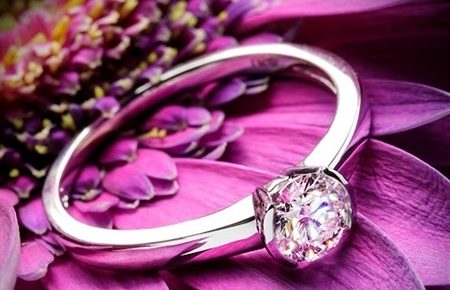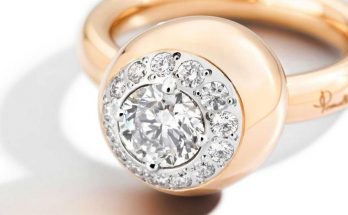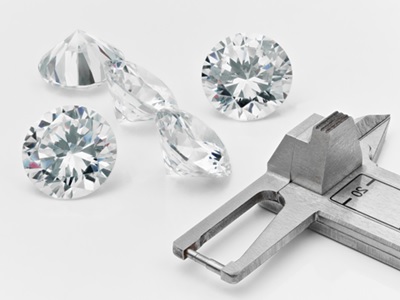You probably found this page while searching for information on “palladium vs platinum” or “palladium vs white gold rings”. Well, you aren’t alone and the good news is you are at the right place.
In this article, I’m going to address the differences between palladium and some of the commonly used jewelry metals like platinum and 18k white gold.
First of All, What is Palladium?
Palladium is a naturally white metal belonging to the platinum group metals (PGMs) consisting of six transitional metal elements – platinum, palladium, iridium, ruthenium, rhodium, and osmium.
Aside from platinum, palladium is the only member of the group that is used as a primarily component in jewelry. It has working properties similar to platinum and is capable of a high-polish finish for jewelry pieces.
Palladium vs Platinum Rings
Pros: Palladium is slightly harder than platinum on the Mohs scale and is slightly more scratch resistant than platinum. Compared to platinum, palladium jewelry is generally less expensive (about 0.6-0.8 times) and more in line with the cost of gold jewelry.
There are two reasons for the significant difference in pricing between platinum and palladium in jewelry. One is the spot price of the metals – at the time of writing this article, platinum is over $1000 per ounce and palladium under $800. Both are typically used in 90-95% pure form in jewelry.
The other is the density of the metals themselves. Platinum is very dense per volume compared to palladium. The weight of a finished piece in platinum is much greater (and therefore more costly) than the same piece made in palladium. The compounding of spot price with gram weight makes palladium far less costly in jewelry.
Cons: If the weight of the finished jewelry piece matters to you, you may prefer the heavier and more substantial feel of platinum.
Palladium vs White Gold Rings
Pros: As I mentioned earlier in the article, palladium is naturally white and doesn’t require plating or re-plating during the course of its lifetime. In contrast, white gold rings may require a rhodium replating once every few years to maintain its white shiny appearance.
Secondly, palladium is hypoallergenic. This removes the risk of skin sensitivity to gold alloys which typically contain nickel. On this note, only a minority of people are allergic to white gold. Even if you happen to be one of them, I would actually recommend platinum as a better alternative over palladium.
Cons: White gold rings are typically harder and more scratch resistant than palladium rings because of their alloy composition. For the same reason mentioned previously: if you are someone who wants to feel a slight weight on your fingers when wearing a ring, 18k white gold will be a better choice over platinum because of its density.
Why Isn’t Palladium Popular for Engagement Rings
With some of favorable properties palladium possess, it may be somewhat surprising that palladium has not achieved more popularity in bridal jewelry. There are a couple of reasons for this.
Firstly, the light weight of palladium, while helping to keep the price affordable, is not appealing to some buyers. For those accustomed to the “heft” of fine jewelry made in platinum and 18K gold, palladium does not provide the same feel when worn.
Secondly, not all jewelers are experienced in working with palladium. It has slightly different properties for casting and soldering that many jewelers do not have experience with and therefore often prefer to avoid. Obviously, this can be a problem for the owner of a palladium item as it may be inconvenient to get servicing or repairs done.
Should You Choose Platinum Or Palladium Or White Gold?
Palladium became an attractive alternative at a point in the past where the price of platinum spiked. But with the prices of the two metals considerably closer together today, the benefits of a palladium ring are waning.
Palladium is somewhat of a middle ground for being less expensive than platinum and being more expensive than gold.
At the end of the day, the choice of metal depends on personal preference. Each of these 3 metals have their distinctive advantages and disadvantages. In my personal opinion, I take on a practical approach towards buying jewelry and would stick with 14k/18k white gold (mainly for costs reasons).
What about you?
Given a choice, which type of metal would you choose for your engagement ring and why? I would love to hear what you think. Do leave a comment below to let me know!



